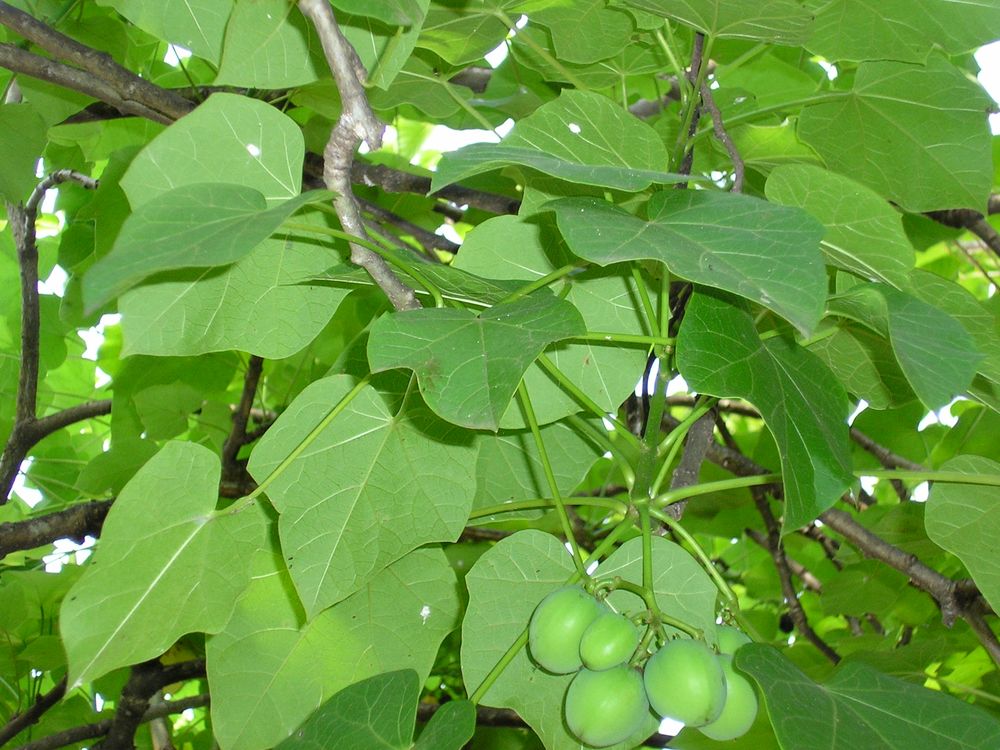
M2 Capital Sdn. Bhd
Add a reviewOverview
-
Sectors Call Center Services
-
Posted Jobs 0
-
Viewed 26
Company Description
Jatropha A Feasible Alternative Renewable Resource

Constantly the biodiesel market is trying to find some option to produce renewable resource. Biodiesel prepared from canola, sunflower and jatropha can change or be combined with traditional diesel. During first half of 2000’s jatropha biofuel made the headings as a very popular and promising option. It is from jatropha curcas, a plant types belonging to Central America that can be grown on wasteland.
Jatropha Curcas is a non edible plant that grows in the dry areas. The plant grows extremely rapidly and it can yield seeds for about 50 years. The oil received from its seeds can be utilized as a biofuel. This can be combined with petroleum diesel. Previously it has been utilized twice with algae mix to fuel test flight of business airlines.

Another positive technique of jatorpha seeds is that they have 37% oil material and they can be burned as a fuel without refining them. It is likewise used for medical purpose. Supporters of jatropha biodiesel say that the flames of jatropha oil are smoke complimentary and they are effectively checked for easy diesel motor.

Jatropha biodiesel as Renewable resource Investment has brought in the interest of many business, which have actually tested it for vehicle use. Jatropha biodiesel has actually been road checked by Mercedes and three of the cars and trucks have covered 18,600 miles by utilizing the jatropha plant biodiesel.
Since it is because of some disadvantages, the jatropha biodiesel have actually not considered as a wonderful renewable energy. The greatest problem is that nobody understands that what precisely the productivity rate of the plant is. Secondly they don’t know how big scale growing may affect the soil quality and the environment as a whole. The jatropha plant requires 5 times more water per energy than corn and sugarcane. This raises another issue. On the other hand it is to be kept in mind that jatropha can grow on tropical environments with annual rains of about 1000 to 1500 mm. A thing to be noted is that jatropha needs appropriate watering in the first year of its plantation which lasts for years.
Recent survey says that it is true that jatropha can grow on abject land with little water and bad nutrition. But there is no evidence for the yield to be high. This might be proportional to the quality of the soil. In such a case it might need high quality of land and might require the same quagmire that is faced by a lot of biofuel types.
Jatropha has one primary downside. The seeds and leaves of jatropha are poisonous to human beings and animals. This made the Australian government to prohibit the plant in 2006. The federal government declared the plant as intrusive species, and too dangerous for western Australian farming and the environment here (DAFWQ 2006).
While jatropha has promoting budding, there are variety of research study difficulties remain. The importance of detoxing needs to be studied due to the fact that of the toxicity of the plant. Along side a systematic study of the oil yield have to be undertaken, this is really essential because of high yield of jatropha would probably required before jatropha can be contributed considerably to the world. Lastly it is also extremely crucial to study about the jatropha species that can survive in more temperature level climate, as jatropha is quite restricted in the tropical climates.
